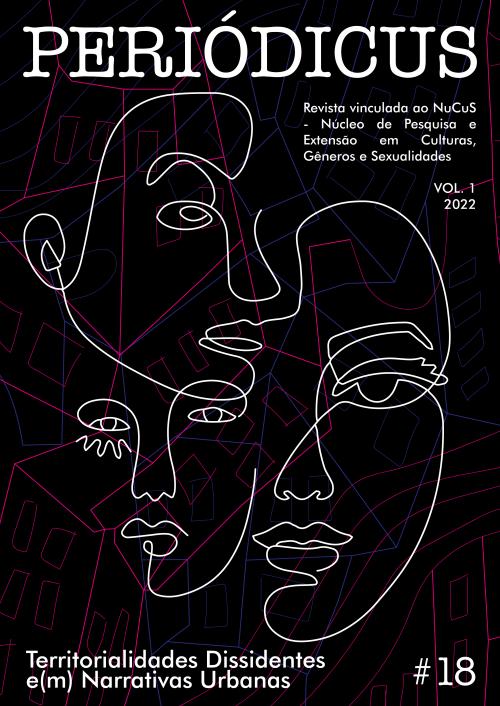City of Invisible Girls
Gender Cartographies in the free public spaces of Florianópolis
DOI:
https://doi.org/10.9771/peri.v1i18.49823Abstract
Urban leisure and recreational practices in the city are rights that must be considered in public policy for children and adolescents. With the cartographic method, we aimed to characterize the ways in which children use public open spaces in Florianópolis/SC, relating aspects of gender and age. The data were recorded in field diaries composed when the researcher moved around the city. In total, 81 leisure facilities for children were observed in 19 districts of the city, accounting for 210 children and adolescents, 30% of which were female. The invisibility and low presence of girls in these places seem to be marks of gender oppression, which is engendered over the years in female bodies. In conclusion, the intersectionality between gender and age group can influence access to the right to leisure in public spaces, with girls, specially the older children and teens, experiencing more restricted access.
Downloads
Downloads
Published
How to Cite
Issue
Section
License
Copyright (c) 2022 Adriano Donin Donin, Laura dos Santos Boeira

This work is licensed under a Creative Commons Attribution-NonCommercial 4.0 International License.
Autores que publicam nesta revista concordam com os seguintes termos:
Autores mantêm os direitos autorais e concedem à revista o direito de primeira publicação, com o trabalho simultaneamente licenciado sob Licença Creative Commons Attribution Noncommercial que permite o compartilhamento do trabalho com reconhecimento da autoria e publicação inicial nesta revista, sendo vedado o uso com fins comerciais.
Autores têm autorização para assumir contratos adicionais separadamente, para distribuição não-exclusiva da versão do trabalho publicada nesta revista (ex.: publicar em repositório institucional ou como capítulo de livro), com reconhecimento de autoria e publicação inicial nesta revista.
Autores têm permissão e são estimulados a publicar e distribuir seu trabalho online (ex.: em repositórios institucionais ou na sua página pessoal) a qualquer ponto antes ou durante o processo editorial, já que isso pode gerar alterações produtivas, bem como aumentar o impacto e a citação do trabalho publicado (Veja O Efeito do Acesso Livre).







